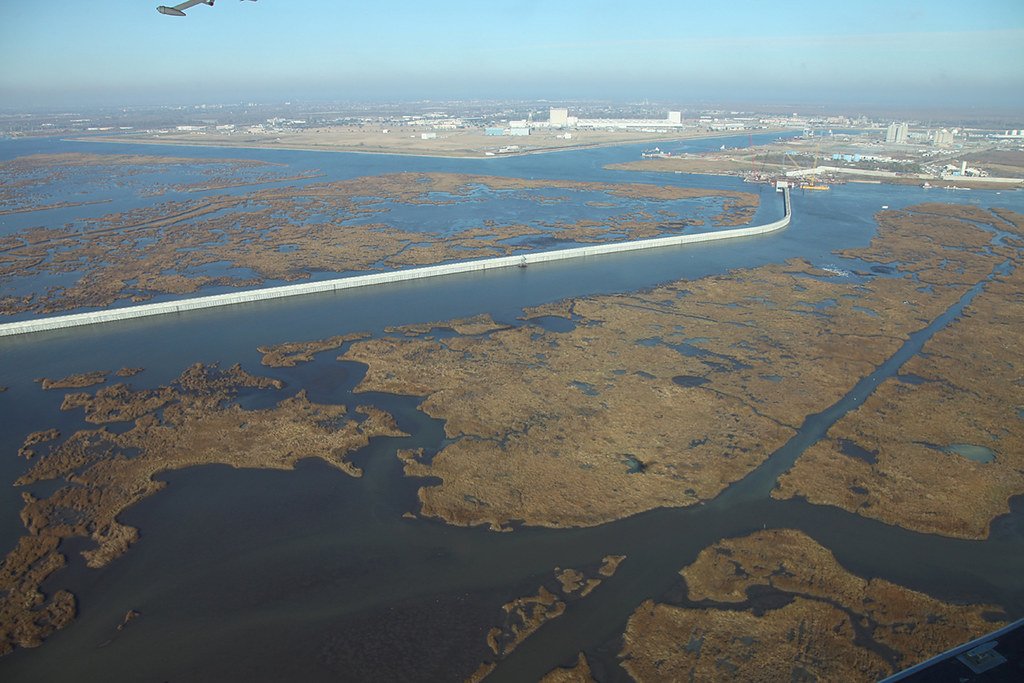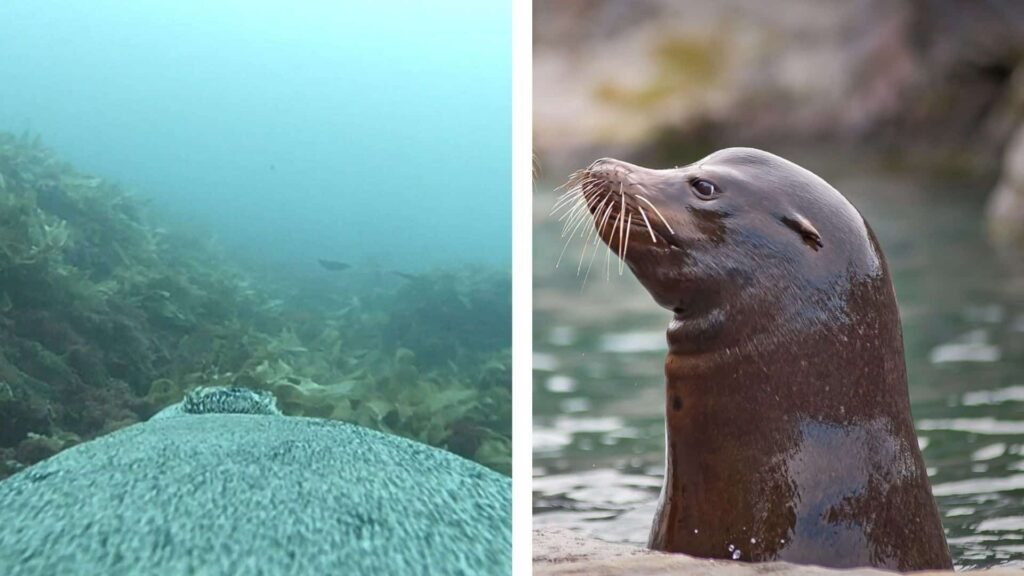Louisiana, renowned for its vibrant culture, diverse wildlife, and unique ecological systems, faces a critical challenge. As the coastline retreats, the state is losing its wetlands at an alarming rate, affecting both people and wildlife. How did we reach this point, and what does it mean for the future of Louisiana’s coastline? In this article, we delve into the factors driving wetland loss, the impact on residents and ecosystems, and the vital steps needed to mitigate this environmental crisis.
The Importance of Louisiana’s Wetlands
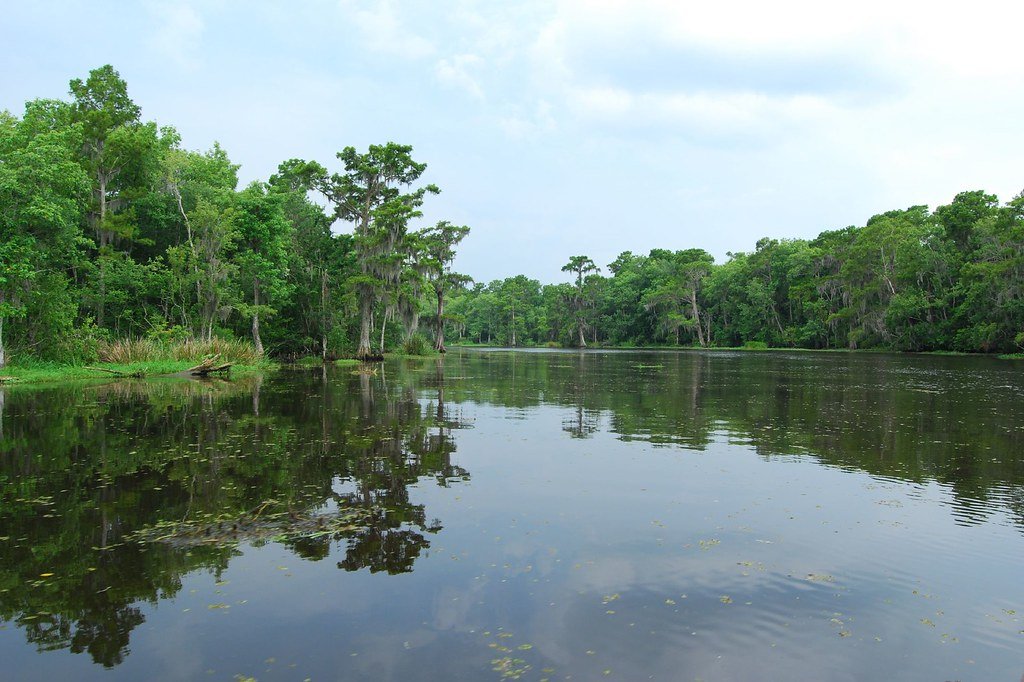
Louisiana’s wetlands, consisting of swamps, marshes, and estuaries, cover about 40% of the contiguous United States’ wetlands. These ecosystems are crucial for numerous species, acting as nurseries for marine life, providing habitat for migratory birds, and supporting biodiversity. Moreover, wetlands serve as a buffer against storms, reducing the impact of flooding and storm surges for coastal communities.
The Causes of Wetland Loss
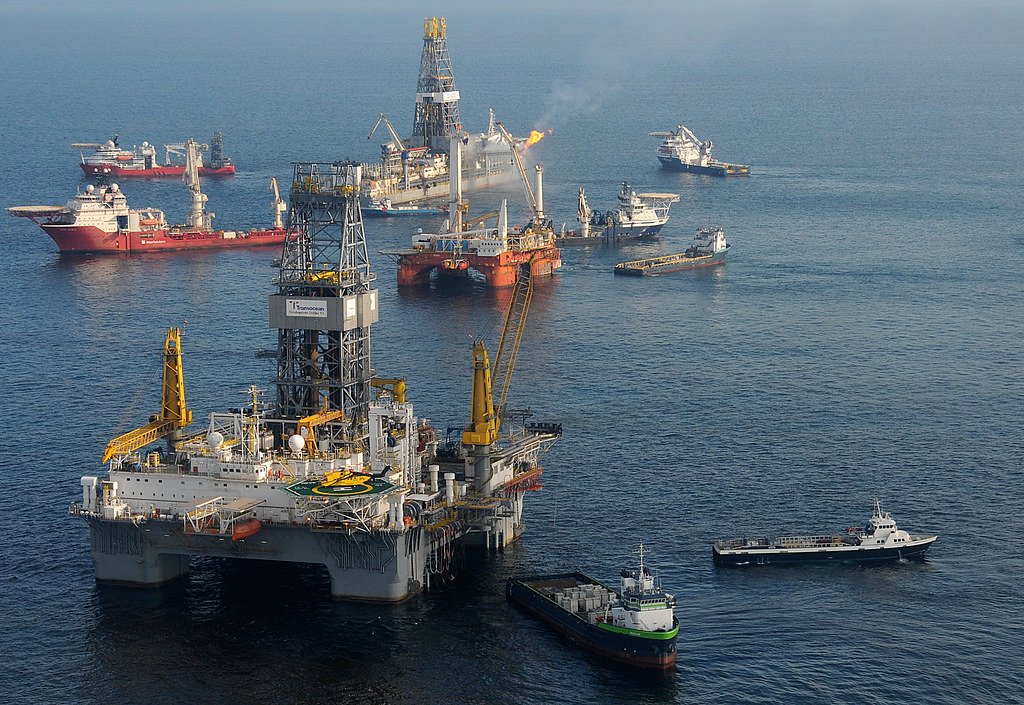
Several factors contribute to the accelerating loss of wetlands in Louisiana. Natural processes such as subsidence, where the land sinks due to geological movement, play a part. However, human activities have exacerbated the situation. Levee systems, necessary for flood control, prevent sediment deposition that naturally rebuilds wetlands. Additionally, oil and gas extraction, along with canal dredging, has fragmented these ecosystems further, increasing erosion.
The Impact on Coastal Communities
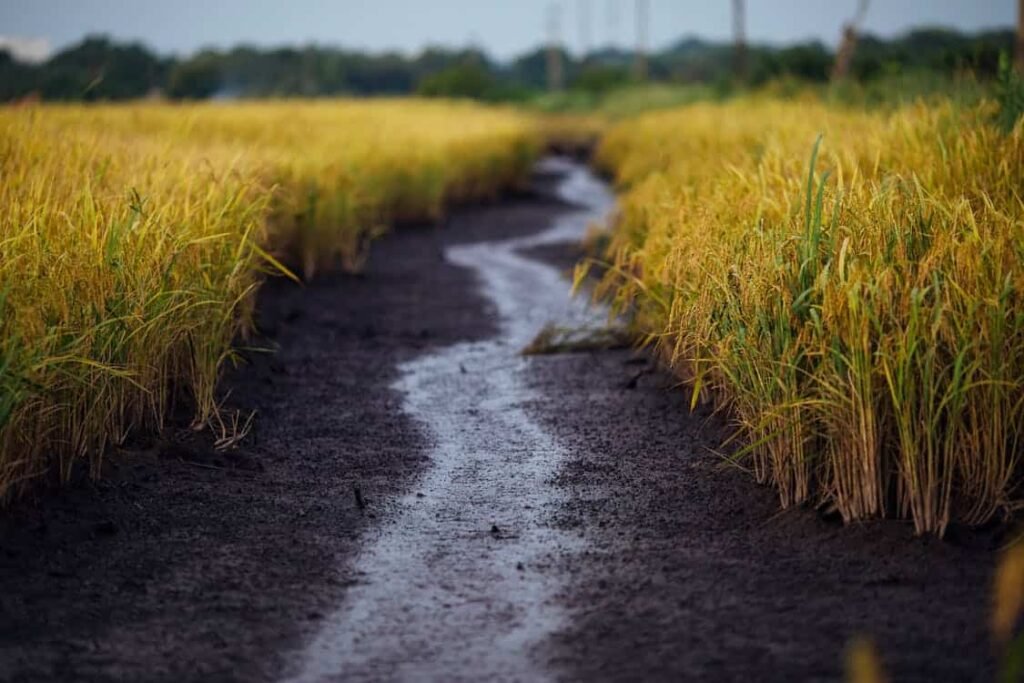
The loss of wetlands poses a significant threat to human populations along Louisiana’s coast. Reduced wetland areas mean diminished natural storm protection, leaving communities more vulnerable to hurricanes and increasing flood risks. This vulnerability can lead to costly damages and complicate disaster recovery efforts, thereby affecting the local economy and the livelihood of thousands who rely on fishing, tourism, and other industries.
Effects on Wildlife and Biodiversity

Wildlife in Louisiana’s wetlands is experiencing a stark decline as a result of habitat loss. Various species of fish, crustaceans, and migratory birds depend on these habitats for breeding and feeding. The decline in these populations disrupts food chains and threatens the region’s biodiversity. Conservationists are particularly concerned about species that are already endangered or vulnerable, which face even greater risks in disappearing habitats.
Disappearing Cultural Heritage

The cultural identity of many communities in Louisiana is deeply intertwined with the wetlands. Traditions, livelihoods, and lifestyles are rooted in the natural environment that is now being threatened. The shift in the landscape could lead to a loss of cultural heritage, as indigenous practices and familial traditions reliant on the wetlands fade with the land.
Efforts to Restore and Preserve Wetlands

Various restoration projects are underway to combat wetland loss. Initiatives such as sediment diversion, marsh creation, and barrier island restoration aim to rebuild and preserve these essential ecosystems. Collaboration between government agencies, environmental organizations, and local communities is vital to effectively implement these strategies and secure funding for ongoing projects.
Policy and Legislation
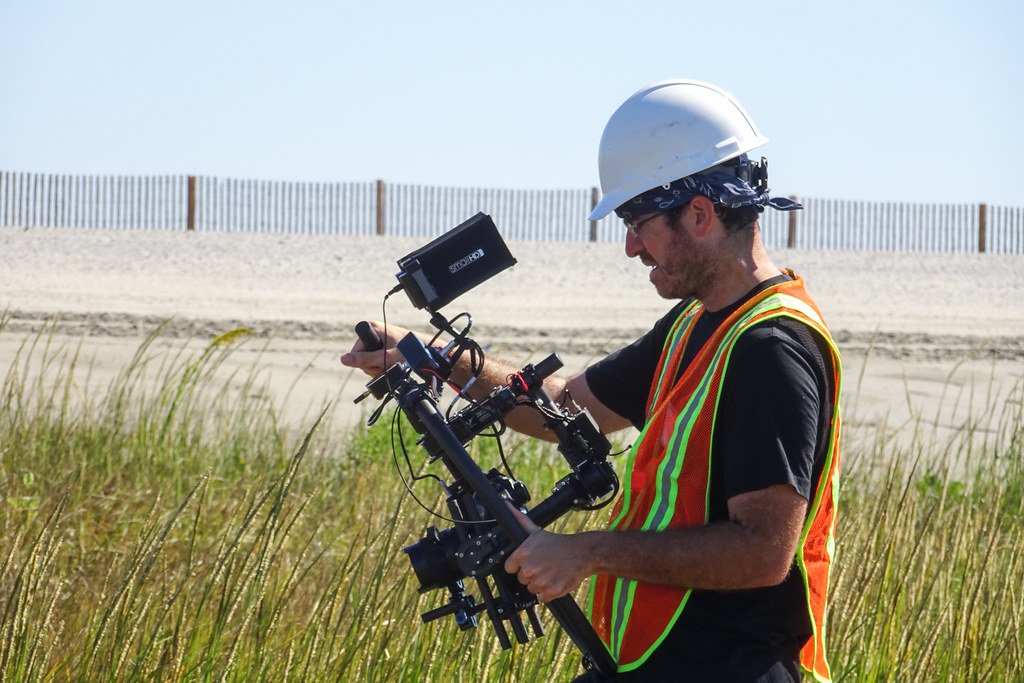
Policies and legislation play a crucial role in wetland preservation in Louisiana. The Coastal Wetlands Planning, Protection and Restoration Act (CWPPRA) is a key piece of legislation that supports projects to curb wetland erosion. State and federal governments must work together to strengthen these efforts, ensuring that legislation is adequately funded and enforced to protect natural resources.
Community Involvement and Education

Community involvement and education are central to successful environmental conservation. Initiatives that educate the public about the importance of wetlands and provide opportunities for community participation in restoration efforts can foster collective action. Local organizations often hold workshops, tours, and volunteer events to engage residents and raise awareness.
The Role of Technology in Conservation

Technology plays an increasingly pivotal role in monitoring and restoring wetlands. Satellite imagery, drones, and geographic information systems (GIS) are valuable tools that help scientists track changes in the landscape, assess the health of ecosystems, and plan restoration projects efficiently. Advancements in technology continue to improve data collection and analysis, equipping conservationists with the information needed to make informed decisions.
Conclusion

As Louisiana grapples with the disappearance of its coastlines, the stakes are high for both the environment and the people who call it home. Protecting these precious wetlands requires understanding the causes of their decline, acknowledging their significance, and implementing effective restoration and preservation strategies. By fostering community involvement, leveraging technology, and encouraging policy change, we can work towards a sustainable future where Louisiana’s wetlands continue to thrive and nourish the vibrant life they support.

